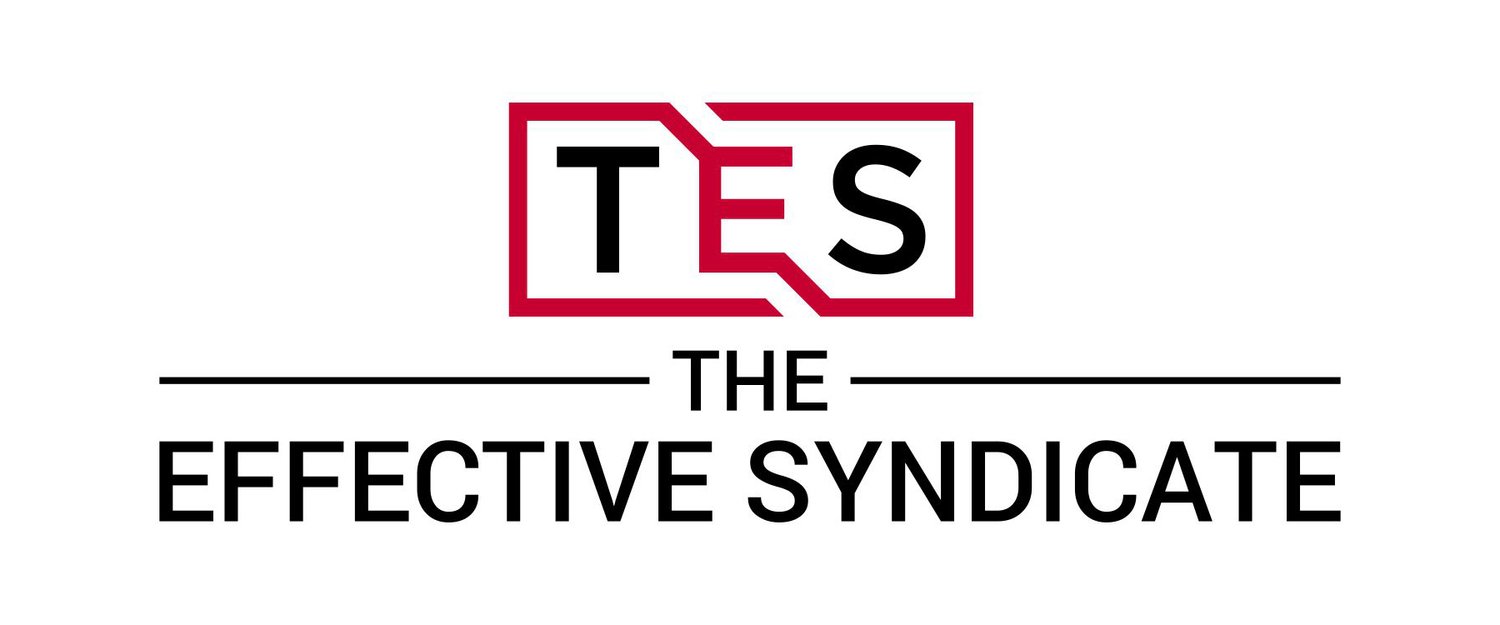Stop Chasing Your Tail
Stop chasing your tail
The plant manager’s face looked dejected and you could feel the tension in the room. I was there with the production team reviewing the last month’s performance (which wasn’t stellar), and it looked pretty much like the last 5-6 months of performance. As he questioned the department managers and supervisors about what was happening, it sounded like so many other meetings I have been in.
Sometimes these meetings feel like whack-a-mole. Each week or month, we discuss this issue or that issue; usually, depending on what the most recent problem was on everyone’s minds. We couldn’t run better because:
We were waiting on inventory.
The machine was down.
Joe was out sick.
We were in set-up.
We had a quality situation.
And, and, and…
After the meeting was over, the Plant Manger looked at me and said: “Do you see why we brought you in? We can’t make any headway because we have so many problems. We simply move from one crisis to the next. Do you think you can help us?”
“I think I can. Do you think you and your team can change?” I asked.
The problem in this situation like so many others, was a very understandable and common. Manufacturing plants generally fall into a place where they are in constant chasing mode. They chase one problem after another usually without a clear plan and often times without the right skill set to do it. So, every week, the Plant Manager (or some authority figure) comes down and barks out a list of problems to tackle. The team tries in earnest to work on those with whatever skills they have until the next thing pops up when they get redirected to the next problem. On and on it goes.
The problem is that these plants get so busy chasing these random issues, that they don’t realize that they are just chasing symptoms of the problems. And usually, without some outside influence, there is no way for them to see the pattern.
Imagine if you have a clogged artery near your heart that is causing you chest pains. Instead of digging into the problem to find out about the clogged artery, you take Ibuprofen to kill the pain. That’s the same thing that is happening in your operation.
For any of these “symptoms” causing downtime there are reasons, usually several reasons. Those reasons need to be systematically taken apart, broken into specific actionable items and then they need to be eliminated. Notice I said eliminated, not reduced. The big challenge is that it is incredibly hard to break out of the day-to-day grind enough to dig into the source of the problems.
The plant personnel are under constant pressure to get out today’s production and chase whatever fire has shown up over the last week. And the same thing happens every week with a never-ending parade of issues to chase.
During one planning session with a client, they had 97 active “projects” going on. Most of them had little to no progress, and it amounted to basically just a long list of things they wish they had time to work on.
If you find yourself in this situation, here are three things we recommend doing as soon as you can put down the fire hose.
Collect the group of people together and ask them what they are working on in addition to getting the daily production out. Some combination of Front-Line Leaders, Supervisors and managers.
Evaluate each of those projects based on impact verses effort. How hard is it get done, and how much will it help if it gets done?
Eliminate every project on the list other than the top 5. You can keep the one’s below that, but don’t force your team to pretend they are working on them. When you finish the top 5 and those problems are eliminated, go back to your list and move the next one up.
You will get a lot more accomplished, your team will feel a tremendous amount less stress and your performance metrics will actually start improving.
It is so easy to get sucked into a daily grind where we chase one fire after another one with little to no relief in sight. Often times, the leadership dilemma we must square off with is that we must not only choose what we are going to work on, we must also choose (and not capitulate on) the things that we aren’t going to work on. Even though our appetite is unlimited for improvement, there is certainly a limit for what your team can accomplish.
If this feels or sounds familiar, give us a call, we’d love to help. If you want to do it for yourself, you must invest the time to break the issue down into smaller parts, work on eliminating the parts starting from biggest to smallest and then moving on to the next one. Use data to validate or invalidate the result and don’t let the problem of the day divert your attention.

